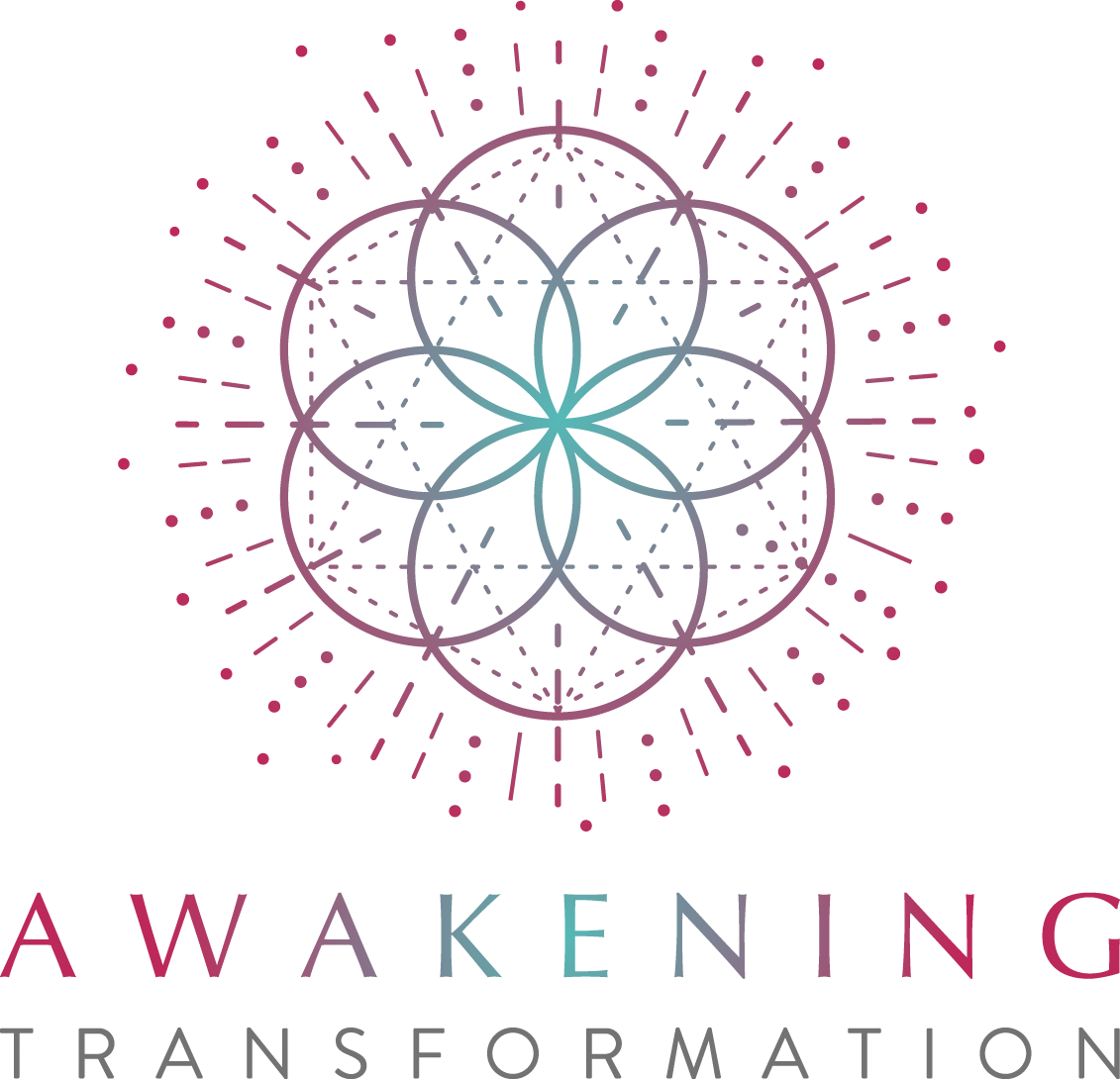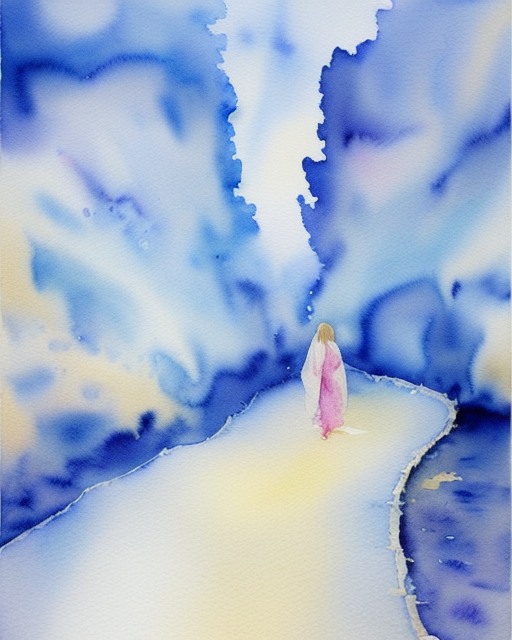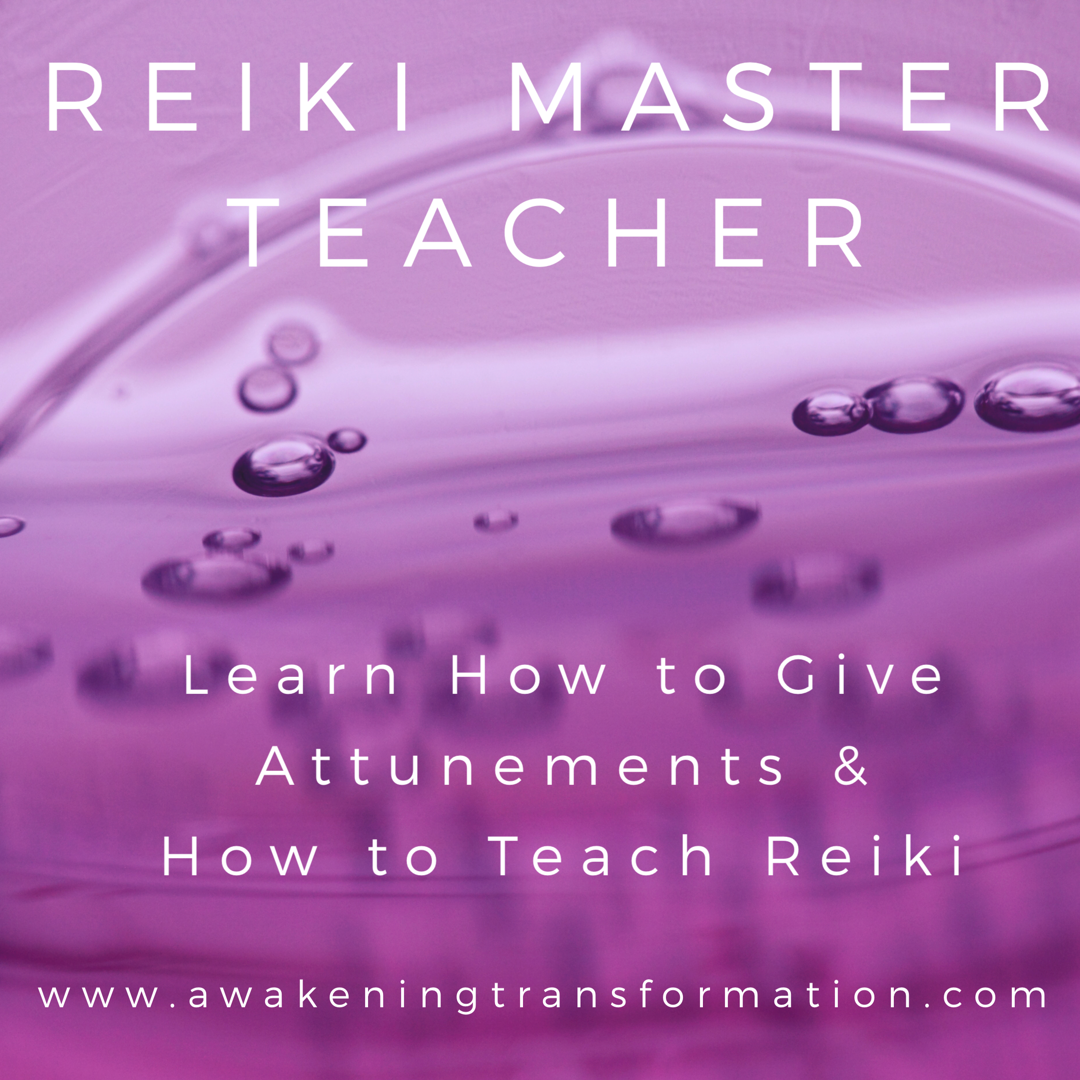What happens when we die? This is the eternal burning question that has pushed people to extreme measures like going on vision quests, taking psychedelics, seeking out psychics and shamans, reading countless books, learning meditation AND/or experiencing a Life Between Lives Regression. In this excerpt, part one from an interview with Kim and Theresa York on the Holistically Curious 💟 podcast, we discuss how Life Between Lives Regression, much like a Near Death Experience, can answer this compelling question, giving us the experience of death and of the Spirit realm beyond.
Q: What makes someone a good candidate for a Life Between Lives Regression?
Tianna: That's a really good question. In training we were told that it's best to have a prerequisite of a successful past life regression, which is a two hour long session, in order to then come and do the Life Between Lives regression. It really is best because not everybody is ready to do the four hour LBL. Not everyone's even ready to do the two hour past life regression!
If somebody wants to do this, there’s a couple of things that I would check with them. While it's not necessary that you've meditated or done hypnosis before, it's definitely helpful. LBL is a much more right-brained process. We live in a very left-brained world. It's very structured and outcome focused and black and white. The LBL is an abstract, open, heart-centered process. And so what makes somebody a good candidate is if you can trust, allow, let go. That's not always easy. You might even really want to have this experience, but you might be trying too hard to be able to have this experience.
The people that have the most challenges are the really strong left brainers. That being said, here in Austin I've definitely guided a lot of engineers and techie types into the process. But people who have the most difficulty are those who have a hard time relaxing, those who have a hard time trusting and allowing themselves to be guided, those who have maybe some hidden fears, maybe from childhood programming, from religion or so forth. Those are some of the challenges that might come up. A lot of those can still be worked through. If those roadblocks come up first during the past life regression, a lot of times we're able to work around it or work through it. But before somebody invests this time and energy and money into the Life Between Lives, we do the past life regression first.
Q: So after you do an hour long induction, do you take them through one of their death experiences? Would it be almost like a near-death experience? Like somebody who has experienced an NDE, do they go through that whole process of seeing the light and all of that?
Tianna: It's incredible. It really is so similar to people's near-death accounts. In fact, I went through a period of liking this show, “I Survived Beyond and Back” on the Lifetime channel. “I Survived Beyond and Back” is about people's near-death experiences and I just really love watching it for some reason. All the people on the show talking about these experiences didn't even believe in life after death and then they clinically died and traveled into Spirit realm. It's interesting how much that parallels the experience that people have in the Life Between Lives regression. In fact, the Newton Institute did research with the University of Virginia to see about those parallels between the Near-Death Experience and the Life Between Lives. Here’s a link to that research: https://researchmap.jp/ohkadomasayuki/published_papers/4488812/attachment_file.pdf
It's very exciting. But first we do the long induction and then we do what Michael Newton called memory warmups. We go back into a couple points in your childhood in this life. We make sure not to go back into any traumatic times because we're not here to do therapy on that. Just happy or neutral points. We're going back in time, let's say to when you're nine in the house where you lived. We just explore that a little bit. And then to an earlier point and finally we go into your mother's womb before you were born and tap into that. That can be really interesting for some people too.
That's the launching point- from the mother's womb, we go to the lifetime just before this one. Whereas in the past life regression, you could go to any lifetime throughout your whole soul's evolution, not necessarily the one right before this one in chronological time, but in the Life Between Lives, we're going to go to the past life chronologically right before this one. Not to explore it in depth the way that we do in a past life regression, but really because we're going to end up at the death scene of that life. That's the jumping off point to the Spirit realm.
Q: Okay, that makes sense. So instead of just regressing back, you take it from the death of the previous life into this life.
Tianna: Yeah, that makes perfect sense, doesn't it? The dying process, or at least the process from the point of death is such a fascinating part of the whole Life Between Lives. It's amazing and I'd say this about past life regression also. We have so much fear in our culture around death. It's incredible to see people's faces or just to hear their expressions when they die in a former lifetime because it really is this release. It's going from a state of being in this heavy meat body (or whatever you want to call it) to this expansive state of freedom. Now definitely depending on how we died or if we had unfinished business, we might have remorse or so forth. But the actual process of releasing the body and becoming free from the body is a really peaceful, joyous, freeing experience for the most part.
Q: I think that's the importance of your work because it's making people understand that there's no need to be fearful of death, that it is really just a transformation.
Tianna: Yes. That's one of the big benefits of going through one of these processes - truly releasing the fear of death. Going back to the Near Death Experience, over and over again, they all say that same thing: that the hardest part of the NDE was coming back in their body in this life. They didn't want to come back. They felt so happy, so loved and incredible bliss in that spiritual state. This freeing from the fear of death is a really powerful experience and a wonderful benefit.
Q: I'm just curious, do you ever have clients where the session is done and they're like, “I don't wanna come back from that place. I wanna stay there.”
Tianna: All the time it happens like that. I feel bad that of course eventually I need to bring them back. It really happens a lot. It's so beautiful because you can just see in their face… It's almost like, you know how children have such a pure expression and as adults we mask some of our emotions? A lot of times in those sessions people have such a pure, childlike look of wonderment almost on their face or sometimes tears stream down. They're just full of excitement, bliss, joy and remembrance.
Q: Wow, what a great job just to be near that and be able to feel that. I'm sure you almost feel that energy emanating from them.
Tianna:: Actually, yes, I was going to mention that especially because I do energy work so I'm very sensitive. Yes, there is such a beautiful energy that comes into the room. So I do feel really thankful that I get to be a part of that because it just fills up the space and it's very pure.
Q: Wow. Very cool. So can you tell us then, from that point that you've brought them to the end of their most recent past life, are there commonalities to a Near Death Experience? I mean, what's the process?
Tianna: Yeah, okay. There are commonalities throughout this whole process. but there's also differences among souls, whether they're at a different point in evolution or whether they just have a different focus. Each soul will kind of go through the process a little bit differently. At this point, they start to let go of the physical body and sometimes they try to reassure their loved ones that are left behind.
You might have even felt that when a loved one passed that their energy sticks around for a while. Some of them are just really like, “Yay woohoo, I'm free” and they're ready to go. They go off and they're like, “I know where to go.” Some of them are very slowly letting go and beginning to move away from the physical and shift into the expansiveness of their soul and move into the spirit realm. At some point, oftentimes loved ones or a spirit guide will come and guide them throughout that process. So some souls already remember where to go as soon as they come out of their body and some need a little bit of guidance. It's different each time.
Q: Is it possible for you to have a sense of whether the people that know immediately where to go and how to transition, whether they are older souls? Or is that a thing, an older soul or a newer soul?
Tianna: It is a thing. Although sometimes people have a certain connotation with that idea of older soul and newer soul. You could say more experienced soul or more evolved, but that again might have sort of a negative connotation. But yeah, generally if you've come here and back so many times, then you tend to remember where to go in Spirit, because those are the ones who remember Spirit when they're alive, right? The ones who remember Spirit when they're alive are the ones that are more experienced. That's why you can remember Spirit while you're in this heavy physical dense world in this heavy physical dense body.
And then as you say, the newer or less experienced souls, they'll forget who they are spiritually when they're in the physical body and they’ll be disoriented for a bit while they come out of the physical body also. I would say that's a pretty good correlation, but not absolute. You could be a very experienced soul and still have a guide that wants to just come and greet you when you leave the physical body. Just because someone shows up doesn't mean you're not a very evolved soul.
Q: Right. I certainly, I'm hoping that I have some show up for me, whether I remember my way home or not. I think it would be very special.
Tianna: Yeah, well, when you hear about that with the Near Death Experience, people are constantly saying that maybe it was their grandmother or their dog even on the other side or guides or things like this.
Q: Kim and I have both done some hospice volunteering and one thing that I've really found is that a lot of the patients that I worked with seemed to be seeing something that we weren't seeing. And it seemed like, not all of them, but so many of them that I have this great comfort that there will be people to greet you.
Tianna: Yes. Even before I did this work, I remember being told stories about people I knew who weren't spiritual at all. But when it came close to their time of death, other relatives came and visited them in Spirit, even though it wasn't something they believed in. I think if people are not around death, they don't realize how common it is. Or even when it happens, people kind of dismiss it as an illusion or delusion or whatnot. But it's really a common experience with dying people.
That’s the first half of this discussion on Life Between Lives regression and what we experience after death. I’ll share the second half in a future blog post. These spiritual regressions encourage us to hold a mutual respect for life and death, Spirit and matter. Releasing the fear of death while maintaining awe and reverence for the preciousness of life allows us to make the most of this human experience.
You can learn more about Life Between Lives Regression or listen to this full podcast episode here.




Reiki is a simple yet powerful healing energy method. Everything is energy - mind, body, & spirit. When you understand how to work with energy, all areas of your life improve. Learn energy principles, receive attunements, Learn Reiki hand positions for self healing & for healing others. Experience in person, hands-on training and practice. You’ll receive a manual & a certificate of completion.